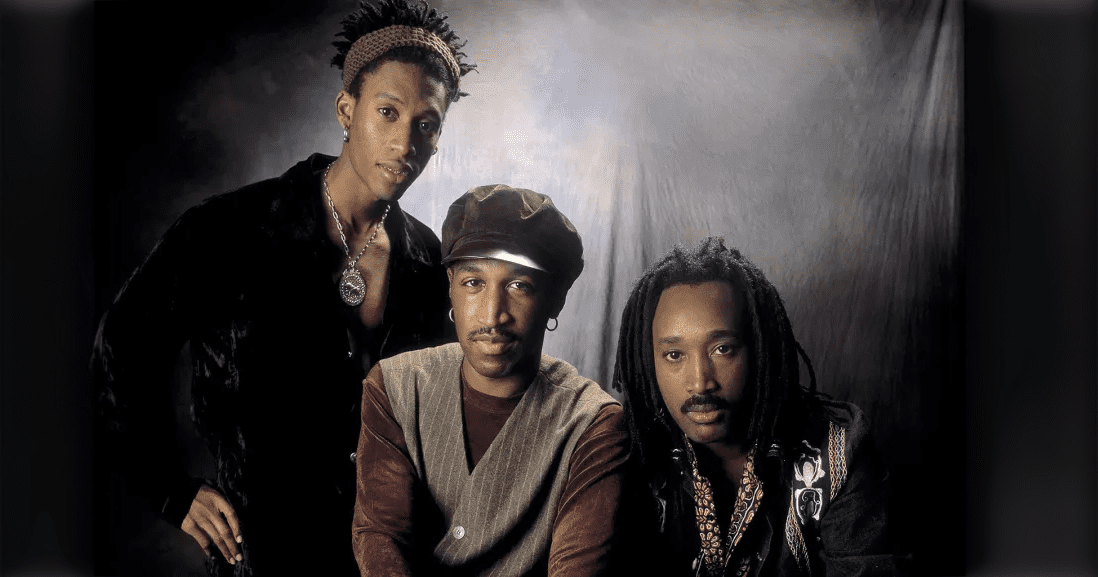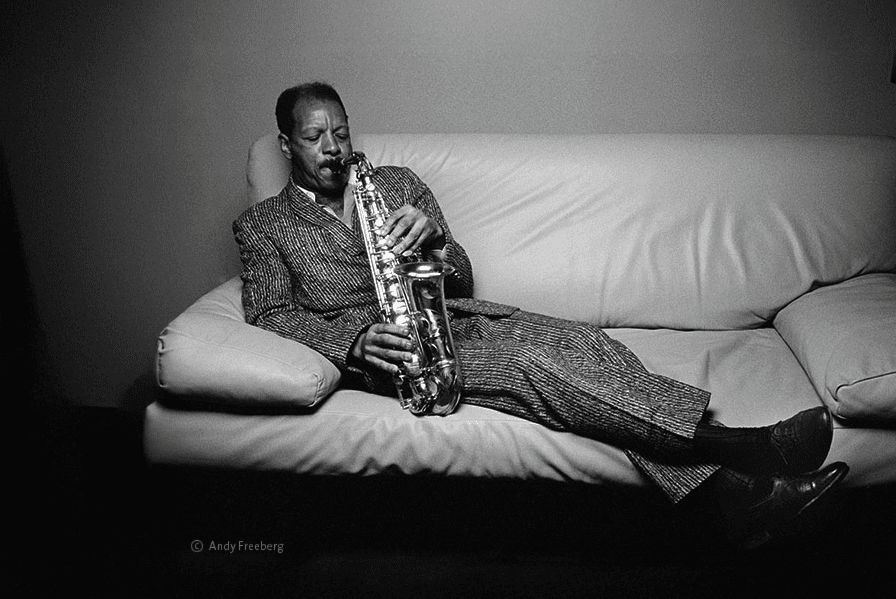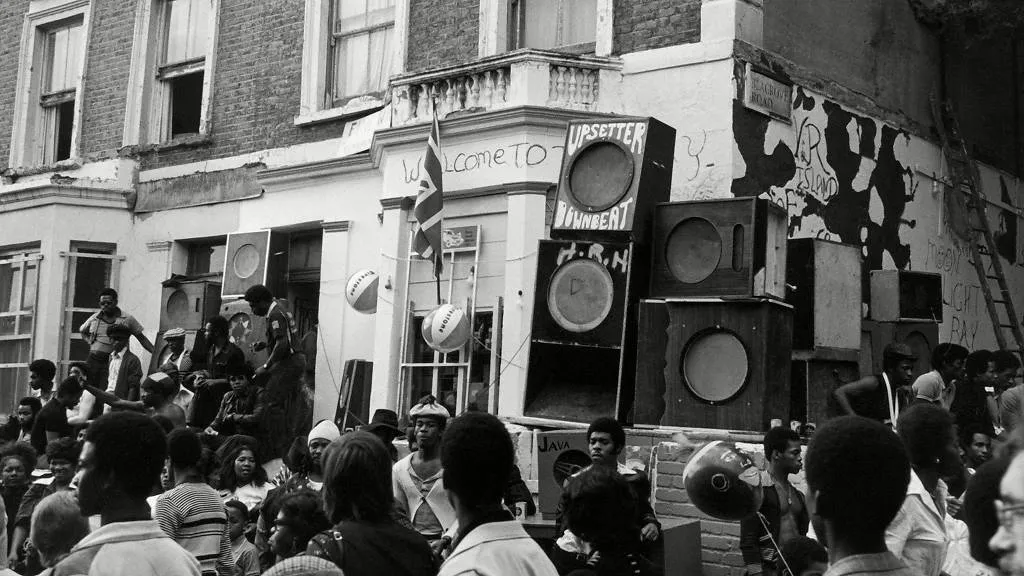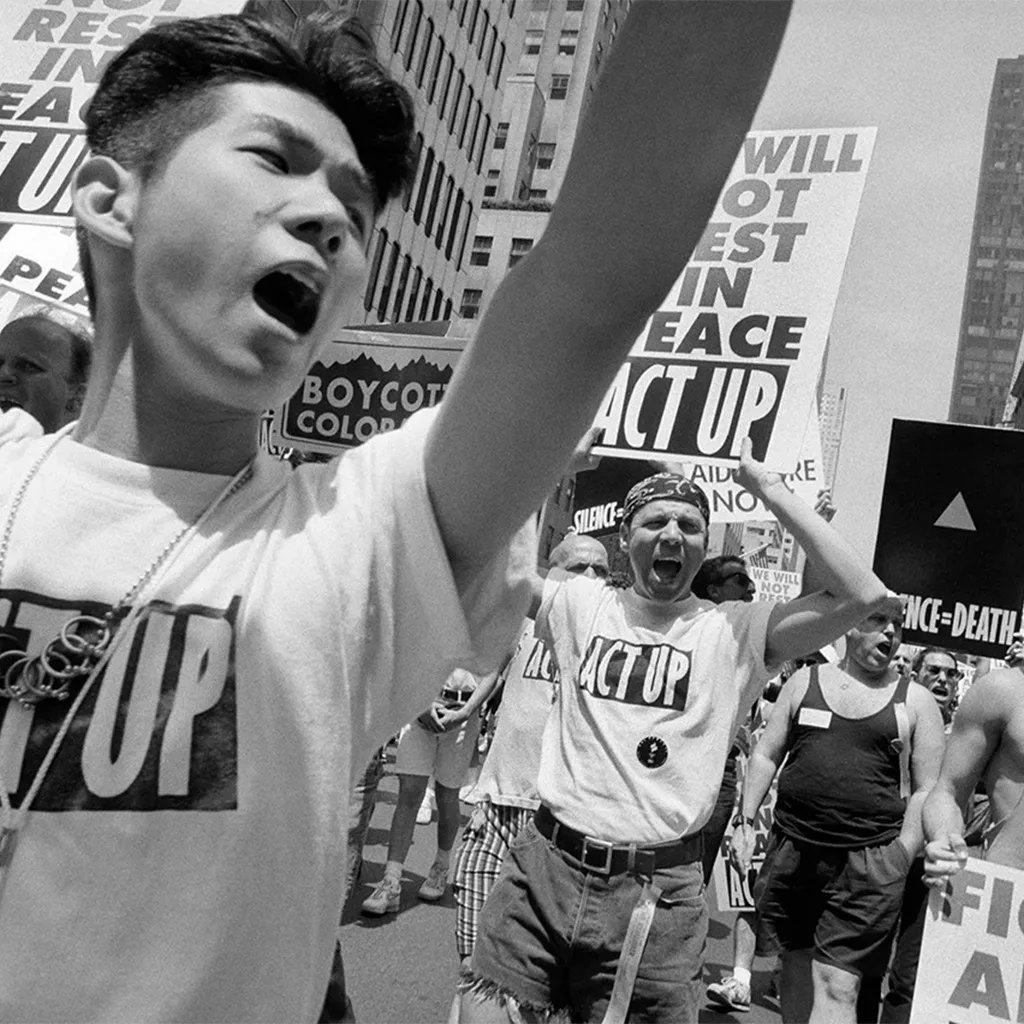The Fourth Wall in Cinema: Breaking Barriers to Connect with Audiences

Have you ever watched a film or TV show and felt like a character was speaking directly to you? That’s because they were breaking the fourth wall, a technique that breaks the imaginary barrier between the audience and the characters in film, television, or theatre.
Let’s delve into the world of the fourth wall in cinema, exploring what it is, why it matters, and lesser-known facts about it.

What is the Fourth Wall in Cinema?
Simply put, the fourth wall refers to the imaginary wall that separates the characters from the audience. It’s a boundary that filmmakers and actors typically uphold in presenting a story.
However, when the fourth wall is broken, characters directly address the audience, therefore breaching the barrier between the narrative and viewers.
Why Do Filmmakers Use the Fourth Wall Technique?
Breaking the fourth wall can help filmmakers achieve different goals, such as:
- To include the audience in the story and create a more immersive experience.
- To add a sense of irony, and give the audience greater context within the story.
- To develop a relationship between the protagonist and viewers, who become more invested in the story.
- To create a unique perspective and subvert traditional cinematic norms.


What are Some Little-Known Facts About the Fourth Wall in Cinema?
- The fourth wall was first used in mainstream cinema during the silent era.
- Breaking the fourth wall can be done subtly or explicitly, depending on the film’s narrative direction and director’s vision.
- The technique can be used in a variety of genres, ranging from comedy to drama to experimental films.
- The fourth wall technique has been used to offer self-awareness, irony, and even strengthen the bond between the audience and the protagonist.
What are Some Examples for Breaking the Fourth Wall in Cinema?
- Fleabag: This British comedy-drama is led by a protagonist who regularly breaks the fourth wall throughout the show, including conversations with an imaginary person, which adds an extra dose of humor.
It is a hilarious TV show that interacts with its audience in a unique way. The main character often turns to us, breaking the fourth wall and conveying her emotions and thoughts through facial expressions and narration. This technique creates a Brechtian effect, turning viewers into accomplices and immersing us into the story.
This show was inspired by a one-woman play, where the actor speaks directly to the audience. By adapting this technique to television, Fleabag becomes a character who interacts with the audience and turns us into his or her confidence.
Despite initially being a bit uncomfortable with the fourth wall break, it quickly becomes one of the most endearing and enjoyable aspects of the show, and adds a depth to the storytelling that sets it apart from other shows.
- Fight Club: The movie’s main character, Tyler Durden, breaks the fourth wall multiple times throughout the film, whispering subversive comments to the audience.
- About Dry Grasses: In Nuri Bilge Ceylan’s last movie, the protagonist speaks directly to the camera, creating a heightened sense of intimacy and vulnerability.
In summary, breaking the fourth wall is one of the most unique narrative techniques in film, television, and theatre today, giving writers and directors a chance to directly connect with the audience in a more intimate way.

The experience of the fourth wall being broken allows the audience to become more than just mere observers. The story and characters become more personal to the audience because of the direct interaction through the imaginary fourth wall.
Breaking the fourth wall can work in any genre and on any platform, and it has become an effective way of creating immersive and impactful cinematic experiences for the audience.








